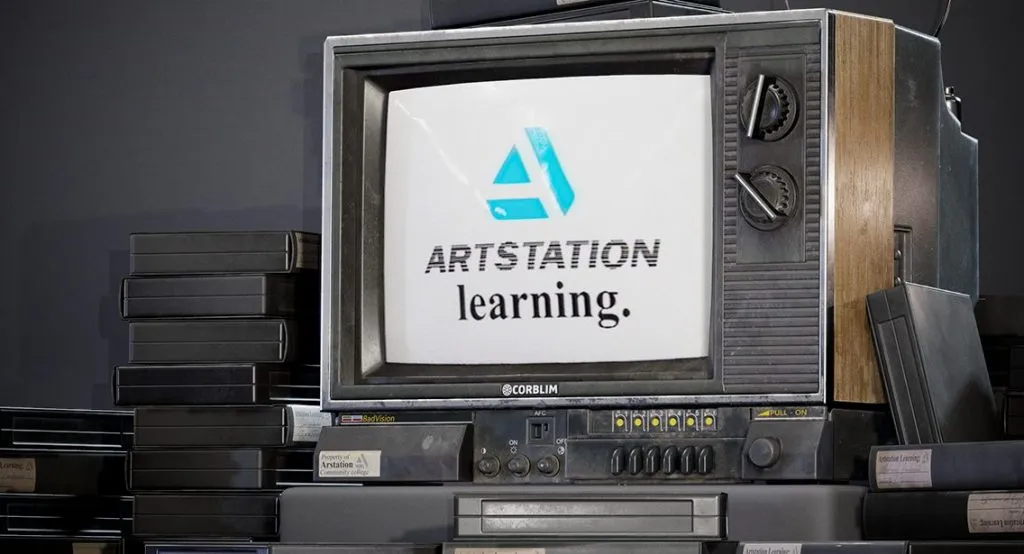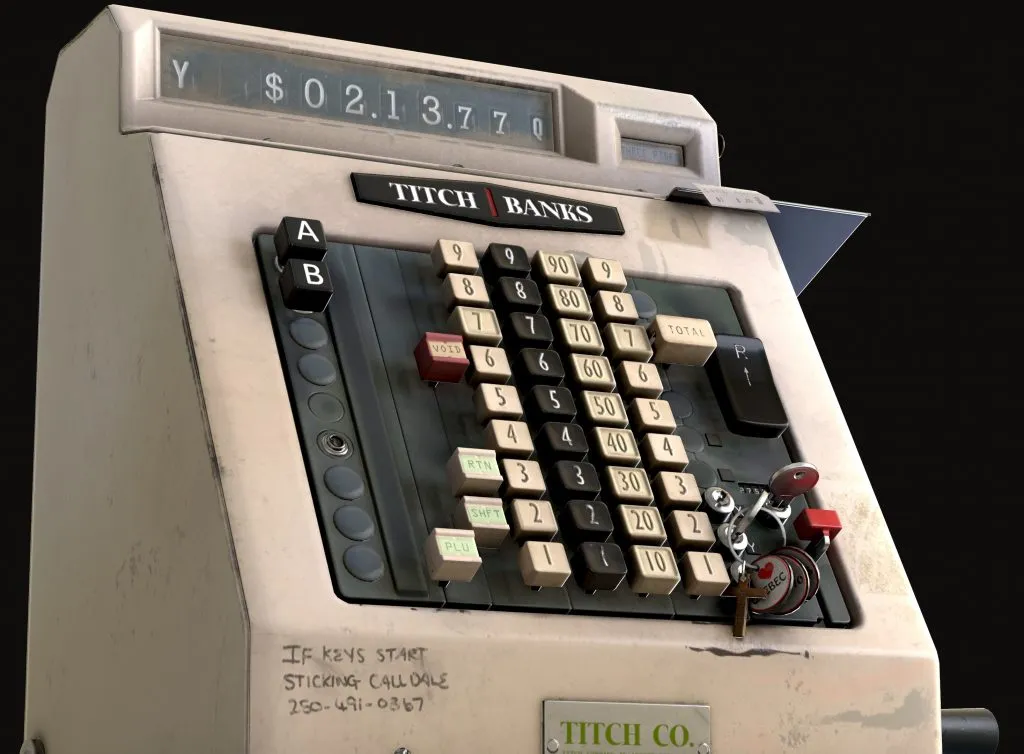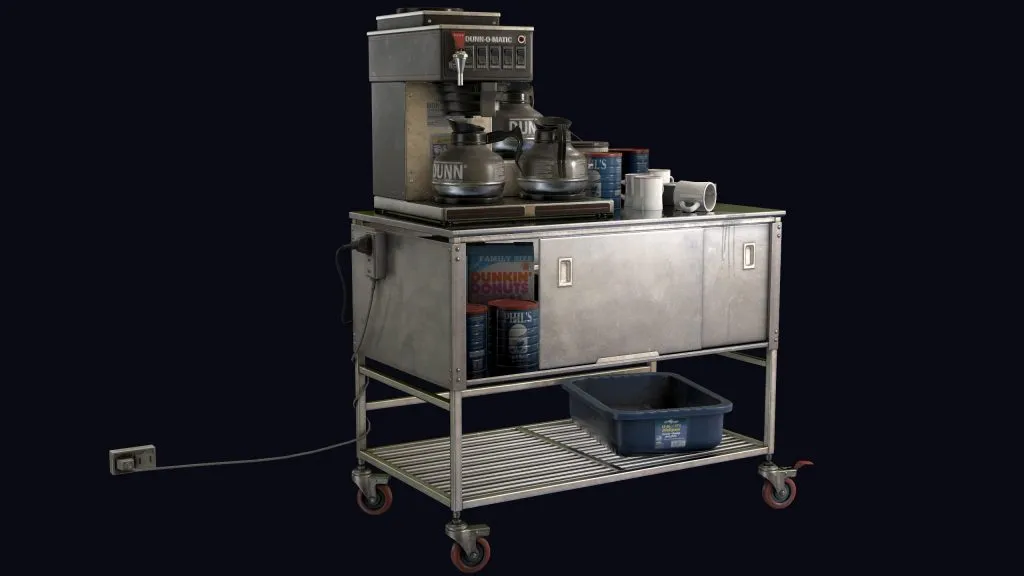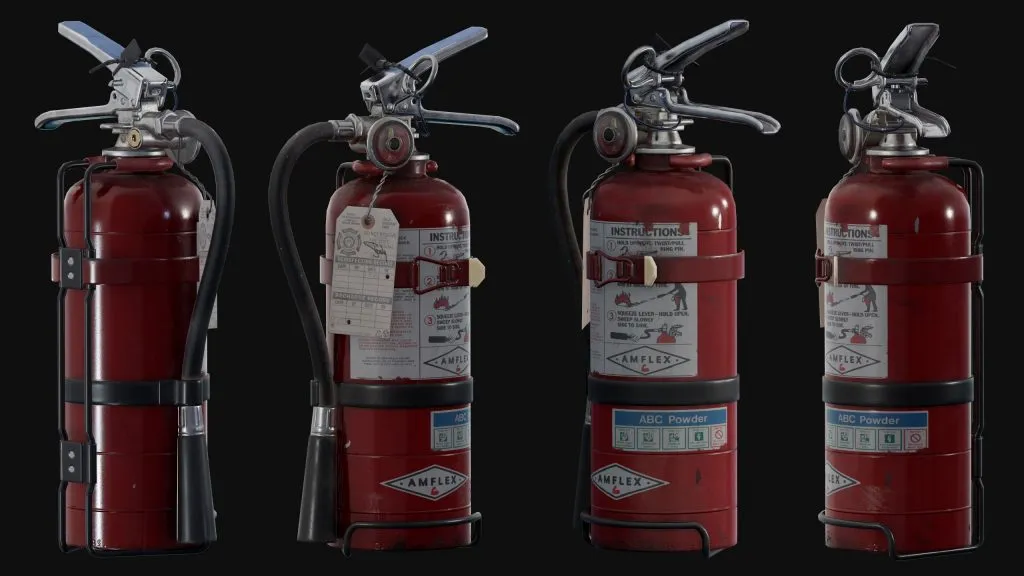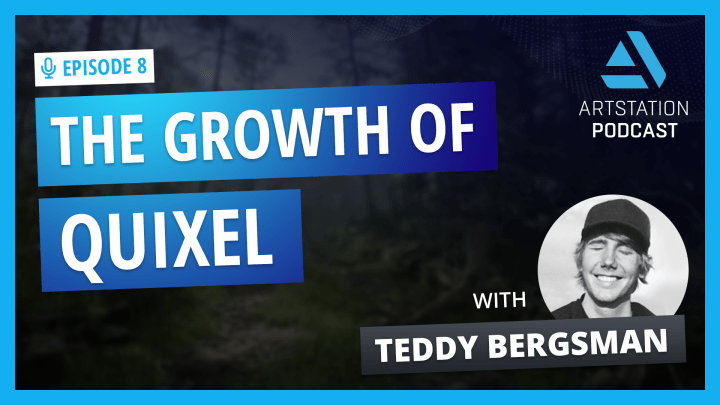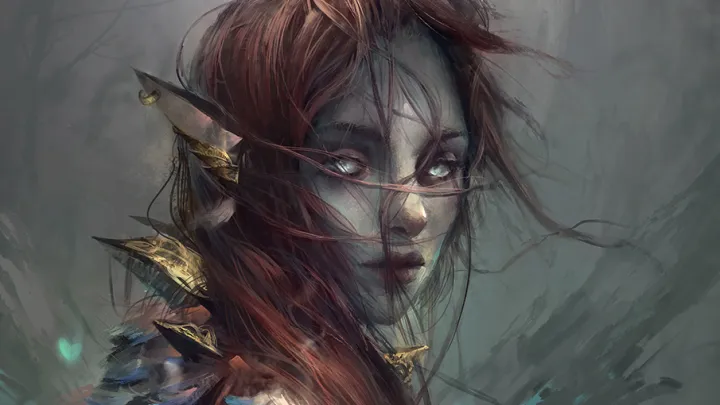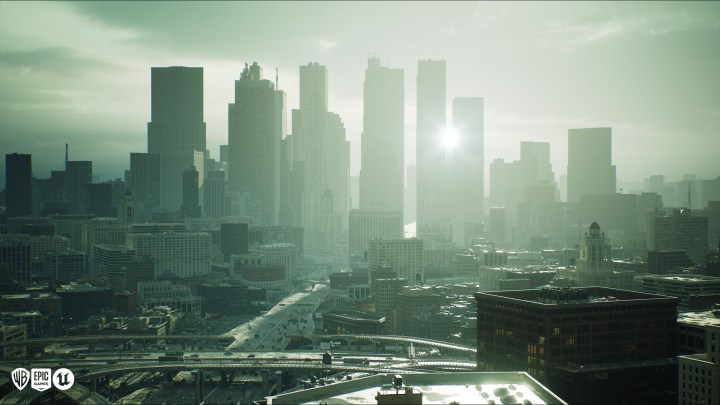Creating Realistic Props with Joe Seabuhr
Learn to make a realistic prop with the same quality that you would see in most AAA games. On ArtStation Learning, Joe Seabuhr, walks through each step in the process to help you get an understanding of his thoughts and ideas as he progresses towards the end product.
 Joe Seabuhr is a 3D artist who specializes in creating props for AAA games. After graduating from his Game Design studies from Mid Cheshire College, he has worked on creating high-quality assets for ShadowBall Games and Dekogon.
Joe Seabuhr is a 3D artist who specializes in creating props for AAA games. After graduating from his Game Design studies from Mid Cheshire College, he has worked on creating high-quality assets for ShadowBall Games and Dekogon.
Behind the course:
I’ve been making props and vehicles professionally for about 2 years now, what I have found is that I enjoy teaching people how to make things look realistic more than making the props myself. There is a greater sense of accomplishment when you teach people this weird niche media of making game assets because there are so many little finicky things it takes to ‘sell’ a game asset into looking like real life. Instead of teaching 1 person at a time, I’m able to teach many into a concise course of me making a game asset and all the things I’ve learned so far.
Most memorable learning experience:
One of my first jobs was to make a lawnmower high poly. The client gave me something like a month or two to make it. I spent 10-12 hours every day just working as hard as possible every day because with my big brain, I assumed I need to fill that month and a half with sheer pain and dedication and 70-hour weeks to hand in the best lawn mower possible in that time frame. I then learned it’s probably best to just do 40 hour weeks and keep your sanity. Lawnmowers aren’t that vital to society and it’s important to stay healthy and not burn yourself out of doing the things you enjoy.
1 sentence of advice:
Value what you are worth and don’t settle for bad contracts where you are making just enough to pay rent.
Sell yourself as the specialist that you are. Entertainment and Games are huge industries. You have learned a lot to get to where you are so don’t settle for $14 an hour. Don’t let big companies take advantage of your skill, burning you out as a junior just so they can publish their big AAA title on time. It’s not worth it and it has the adverse effect of making everyone else in this industry have to get paid less because they know they can hire workers who can be put fully on crunch until they leave. Get those Lamborghini’s, be like Tim Sweeney.
On making props look real:
Texturing props is definitely the hardest bit. You need an eye for design and color theory to know where to add interest to the prop. You could have all the knowledge in the world in the technical aspects of texturing but it doesn’t mean anything if you don’t know what looks ‘good’. That’s another reason why it’s so difficult. What is ‘good’? It’s completely subjective to each person so you just have to try and make whatever you’re making with mass appeal in mind while in turn keeping yourself happy.
The best way to texture a prop so you don’t get stuck in this texture process is to just try and follow a story with it. Pretend the prop is in a Quentin Tarantino movie and it’s an important prop. Say – a brown leather wallet. What can you do to make people engage with it?
ArtStation Learning courses are included in all ArtStation premium subscriptions. Find out more >
See more of Joe’s work here.
